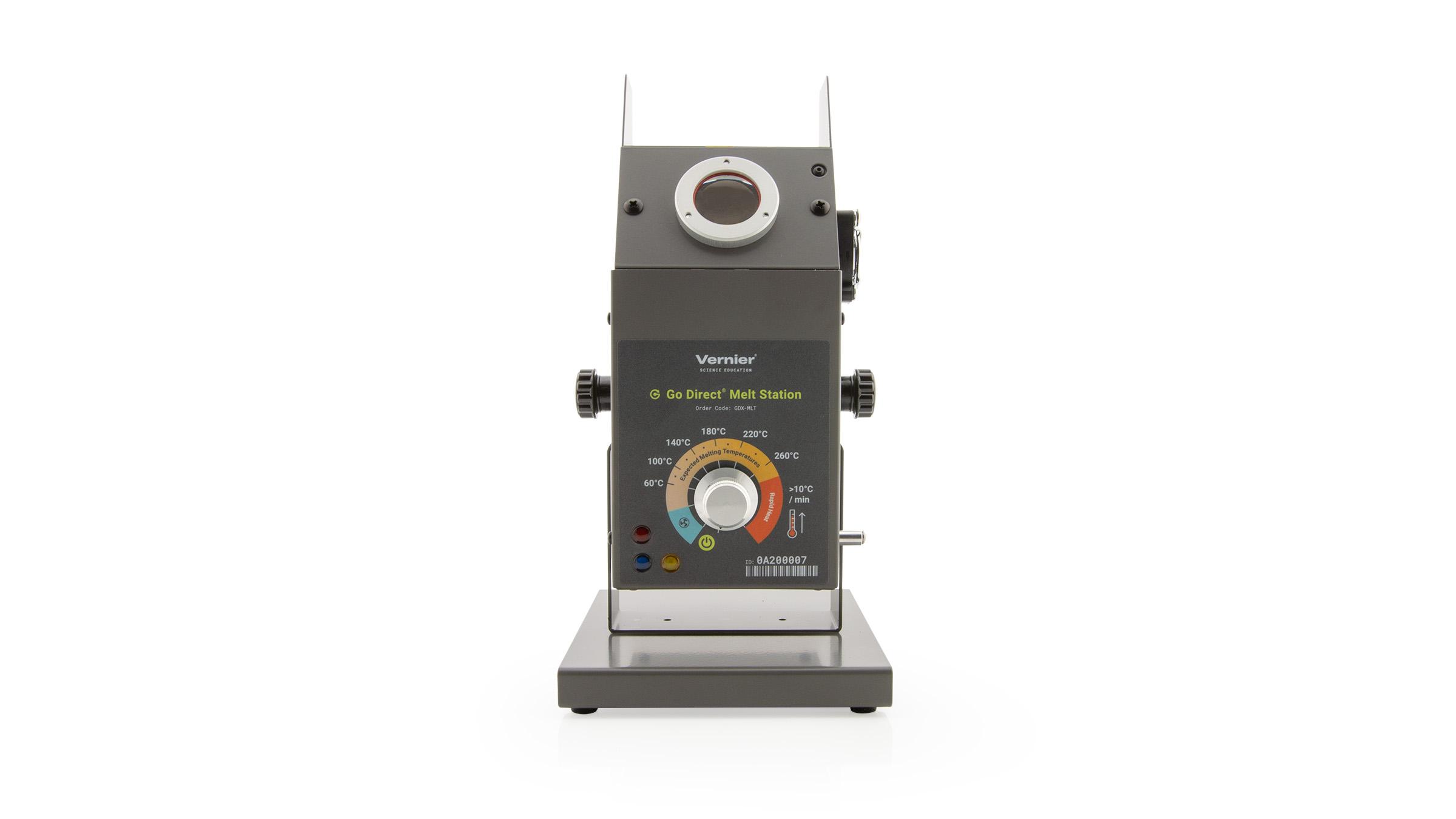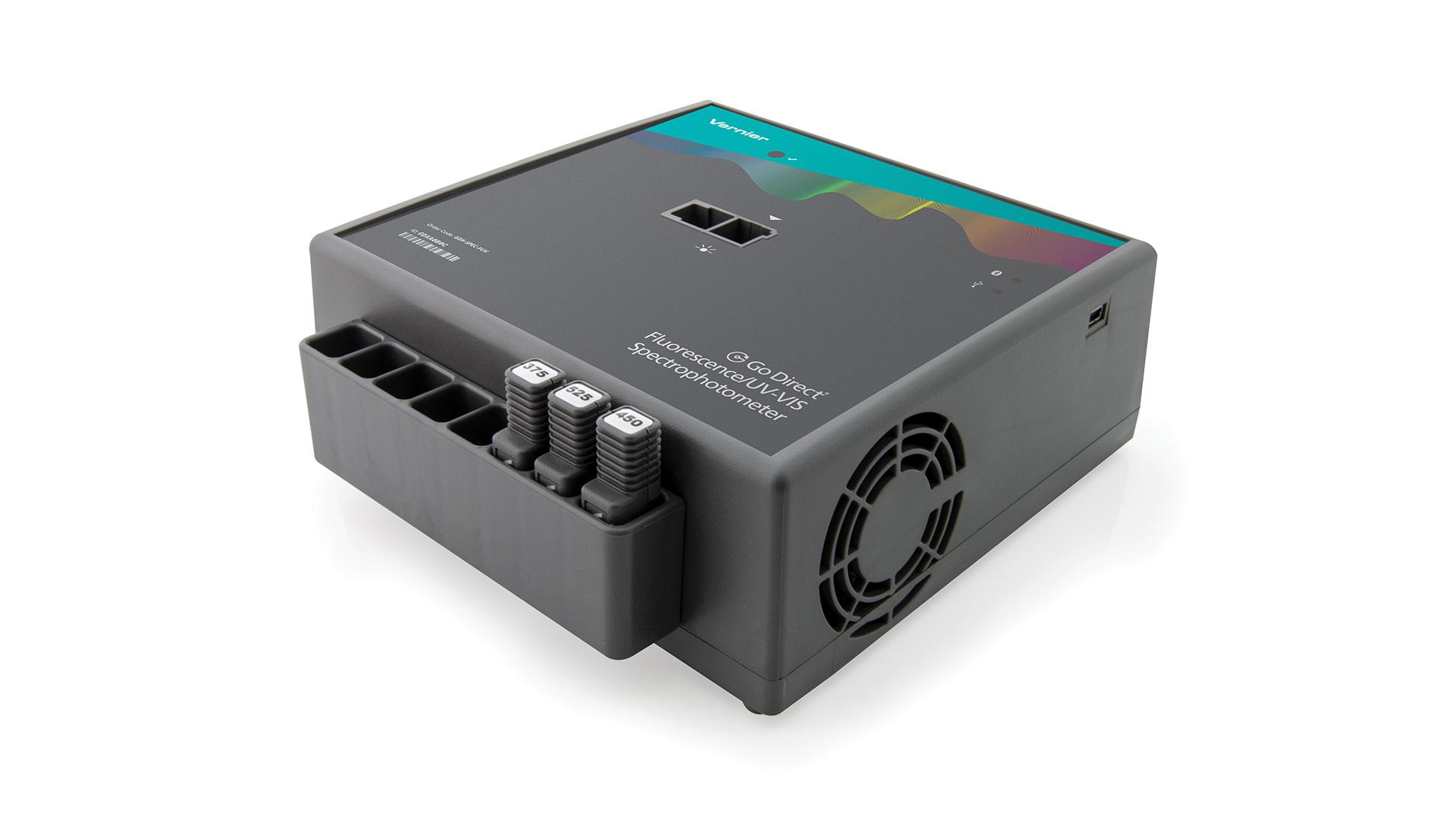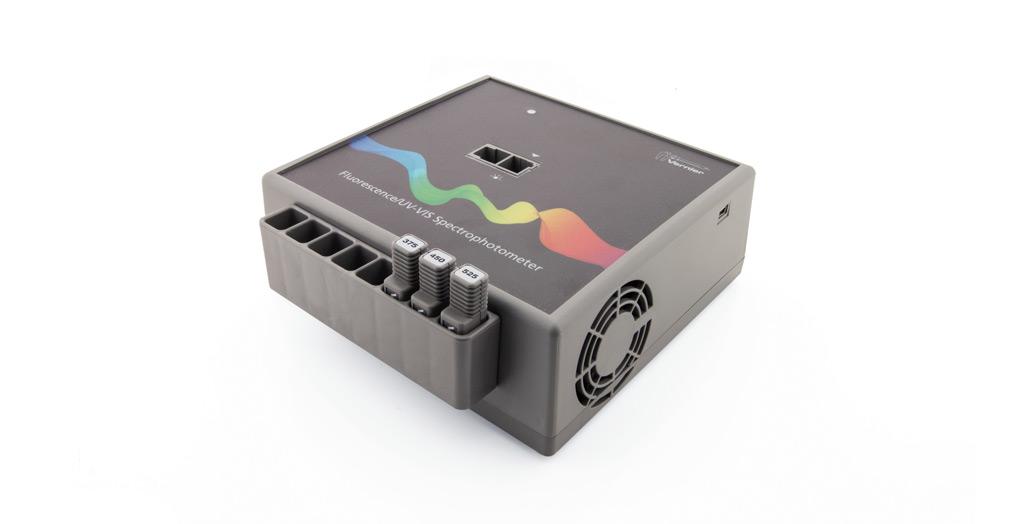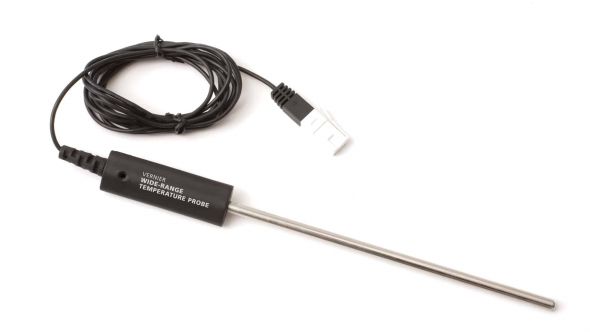Friedel-Crafts Acylation of Ferrocene
Experiment #21 from Organic Chemistry with Vernier
- Education Level
- College
Introduction
Friedel-Crafts reactions are examples of electrophilic aromatic substitution reactions. The reaction involves the substitution of hydrogen on the aromatic ring system by an electrophilic carbon species forming a new carbon-carbon bond. Friedel-Crafts reactions may be used to introduce either an alkyl or acyl group.
Ferrocene does not undergo addition reactions typical of cyclopentadiene, but undergoes electrophilic aromatic substitution. The Friedel-Crafts acylation reaction of ferrocene involves the addition of the acylium cation to one of the carbon atoms on the ring, followed by loss of a proton (to solvent). The acylium cation is produced from acetic anhydride, which also serves as a solvent for this reaction. If only one ring reacts, then the product is the orange acetylferrocene. If both rings react, then the product is the red 1,1-diacetylferrocene. The reaction time of this experiment is reduced to limit the formation of 1,1-diacetylferrocene.
Your objectives in this experiment will be to synthesize, isolate, and characterize acetylferrocene. In this experiment you will also become familiar with a technique called column chromatography, which can be used to separate the desired product from unreacted starting material and side products. The compounds are colored which will make it easy to see the separation. Melting temperature analysis will be used to characterize the synthesized product.
Objectives
In this experiment, you will
- Synthesize acetylferrocene.
- Isolate and purify the product using column chromatography.
- Measure the melting temperature range of your product.
- Use UV-VIS absorbance spectroscopy to help determine which fractions contain the desired products.
Sensors and Equipment
This experiment features the following sensors and equipment. Additional equipment may be required.
Option 1



Option 2



Option 3



Ready to Experiment?
Ask an Expert
Get answers to your questions about how to teach this experiment with our support team.
- Call toll-free: 888-837-6437
- Chat with Us
- Email support@vernier.com
Purchase the Lab Book
This experiment is #21 of Organic Chemistry with Vernier. The experiment in the book includes student instructions as well as instructor information for set up, helpful hints, and sample graphs and data.




